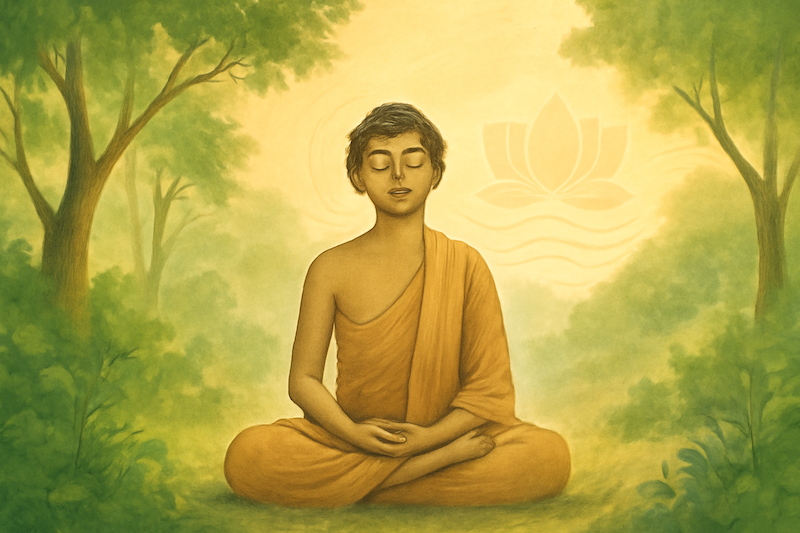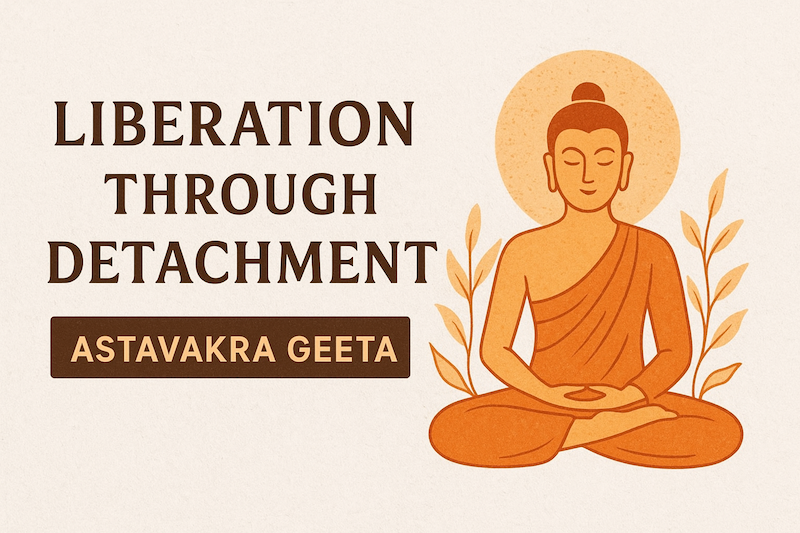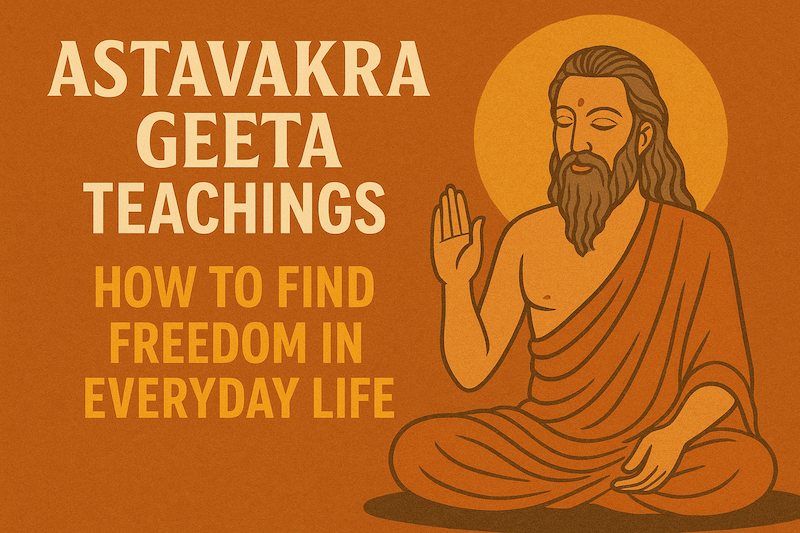Most of us live life with a sense of effort—constantly struggling, striving, and fighting to make things work. Whether it’s our careers, relationships, or even our spiritual practice, we believe that success and peace come through hard work and discipline. But the Astavakra Geeta offers a radical alternative: life is meant to be effortless when lived in the awareness of the Self.
The Teaching of Effortlessness
According to Astavakra, the Self is already free, complete, and at peace. The struggles we face are not because life itself is difficult, but because we cling to attachments, desires, and illusions. The moment we let go of these identifications, life flows naturally, without resistance.
This doesn’t mean we sit idle or abandon responsibilities. Rather, it means that actions arise spontaneously from clarity and presence, without the weight of worry or anxiety.
Why We Struggle
We struggle because we believe we are the doers of action. “I must succeed,” “I must achieve,” “I must fix everything”—these thoughts create tension. The Astavakra Geeta reminds us that the Self is the eternal witness, not the doer. When you rest in this truth, action still happens, but the sense of burden disappears.
Living Like the Sky
Astavakra uses a beautiful metaphor: the Self is like the vast sky, untouched by clouds. Thoughts, emotions, and circumstances are like passing clouds—they may appear and disappear, but the sky remains unaffected.
Living effortlessly means shifting identity from the clouds to the sky. Instead of being lost in temporary struggles, you rest in your true nature—limitless, free, and unshaken.
Practical Ways to Apply This Wisdom
- Pause and Witness – Whenever you feel stressed, take a moment to notice: Who is aware of this stress? That awareness is never stressed.
- Let Go of Control – Do your duties, but release the need to control outcomes. Life unfolds beyond your planning.
- Trust the Flow – Like rivers flow to the sea without effort, your life moves naturally when you stop resisting.
- Simplify – Most struggles are born from unnecessary desires. Simplify, and life becomes light.
Modern Relevance
In today’s world of constant pressure, deadlines, and comparison, the teaching of effortless living feels revolutionary. Imagine working, creating, or even parenting—not from struggle, but from inner ease. This is not passivity; it is active living without resistance.
Conclusion
The Astavakra Geeta’s wisdom of effortless living is not about doing less—it is about being more. It’s about shifting from a life of tension to a life of flow, where every action arises naturally from inner freedom.
The ultimate lesson? You don’t need to struggle to be free—you already are. When you realize this, living effortlessly becomes your natural state.
👉 Next up in Post 8, we’ll conclude this series by exploring why the Astavakra Geeta continues to inspire spiritual seekers around the world, even thousands of years later.


